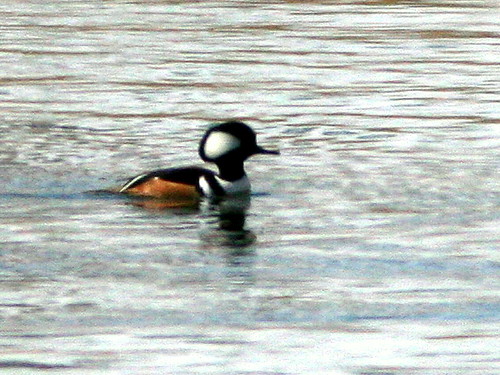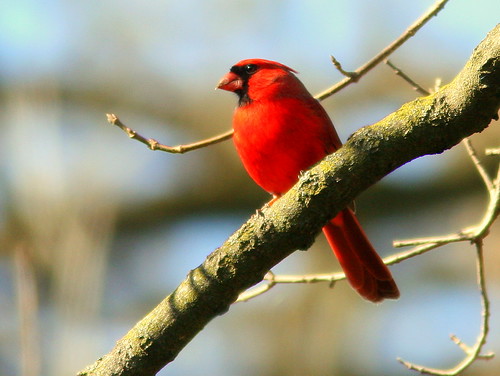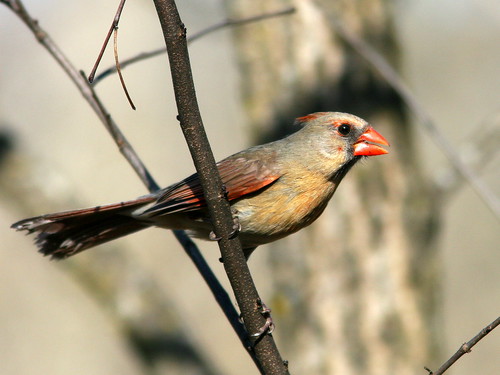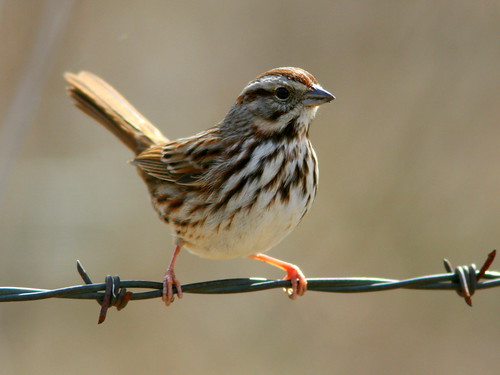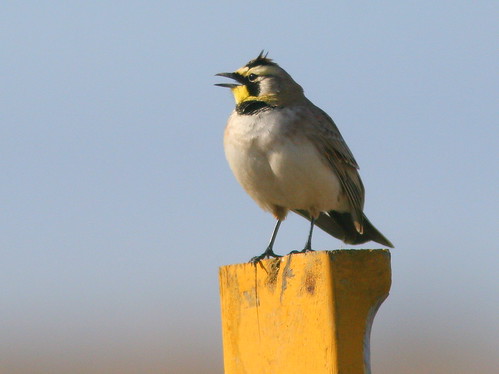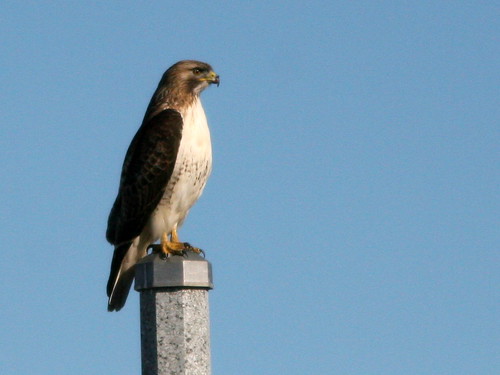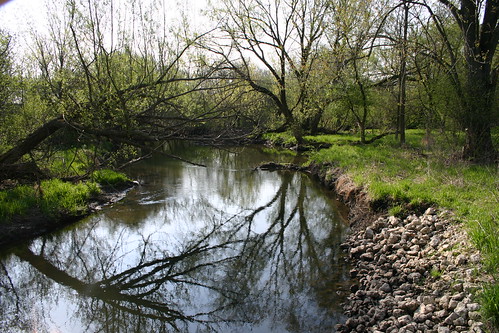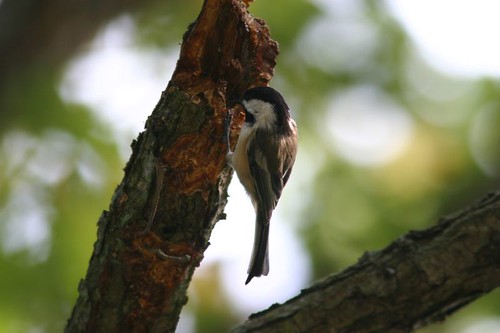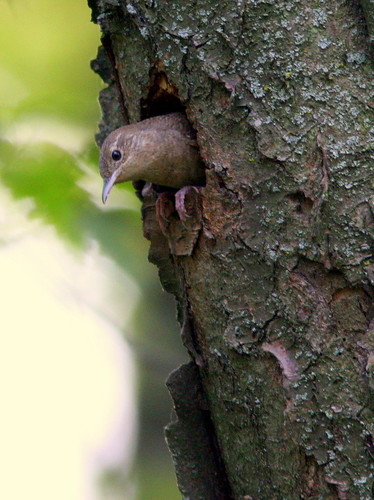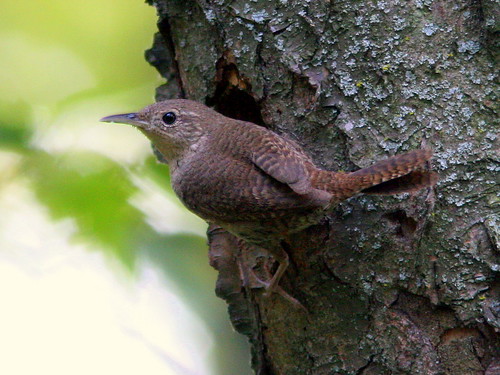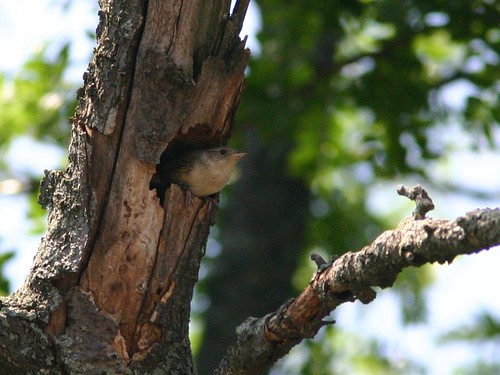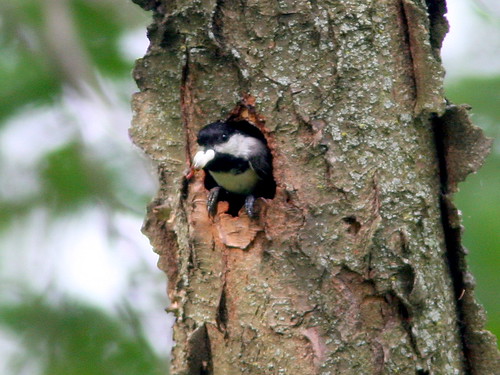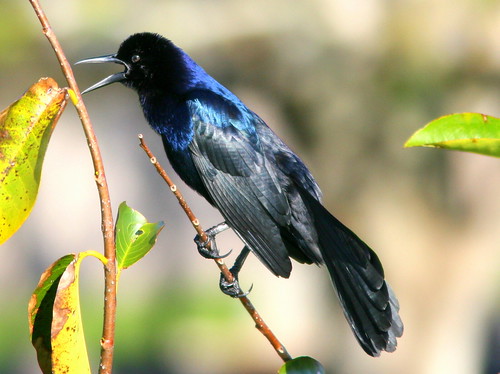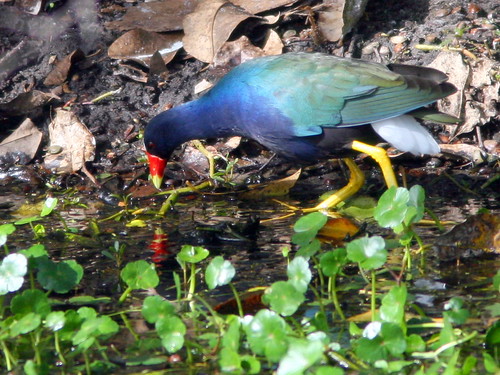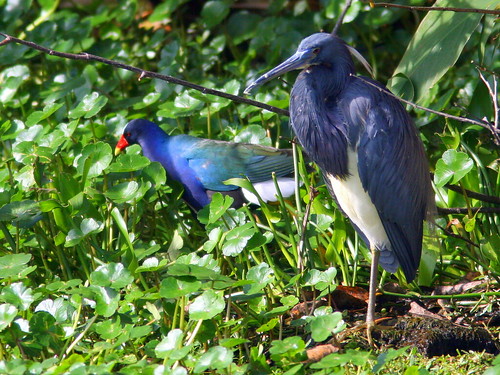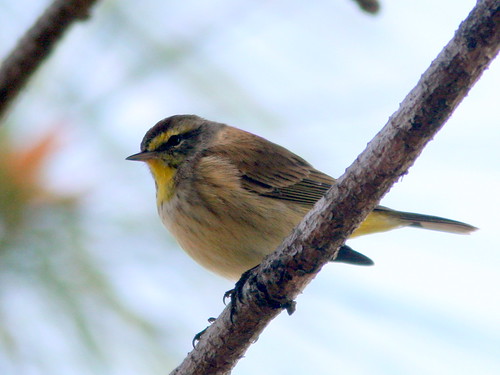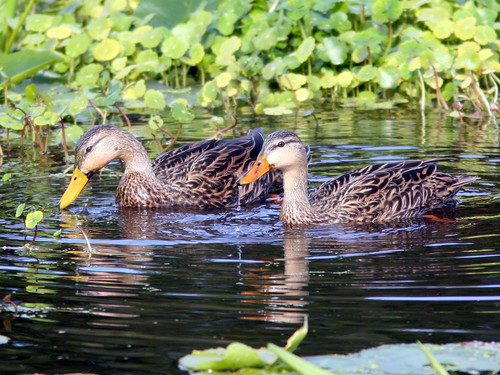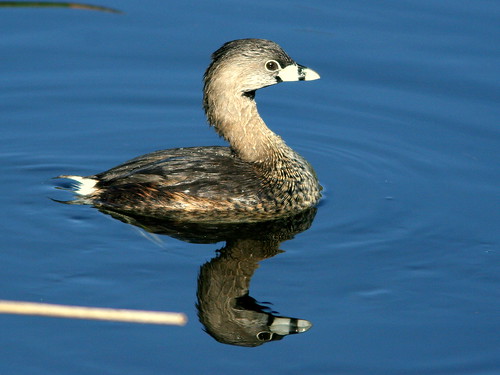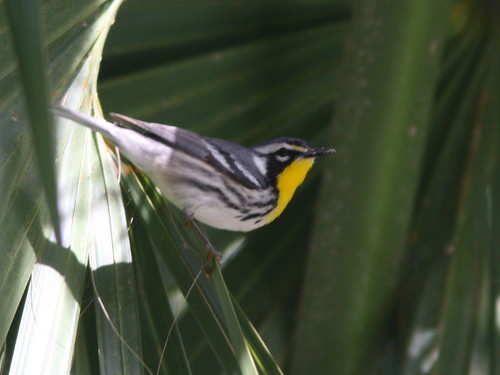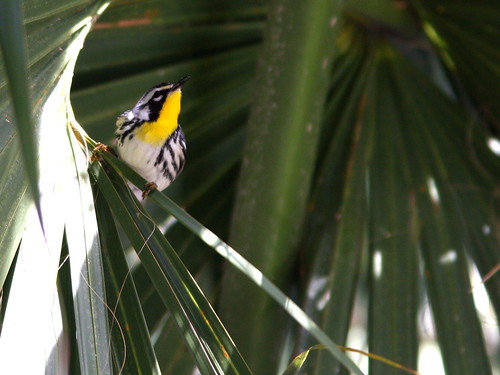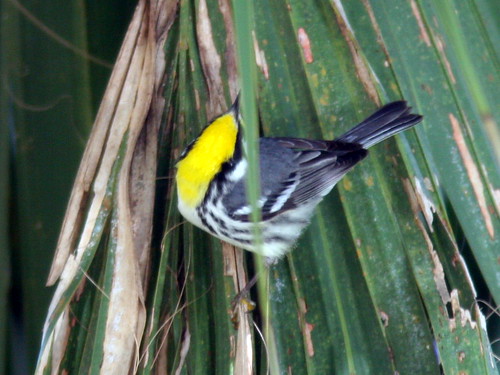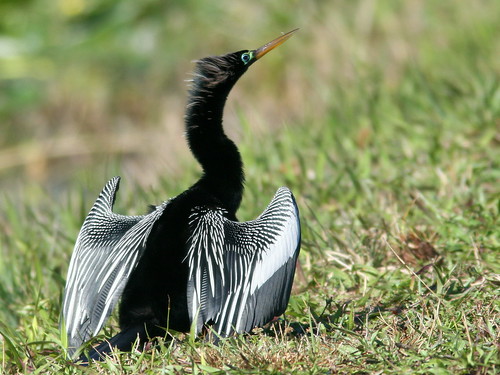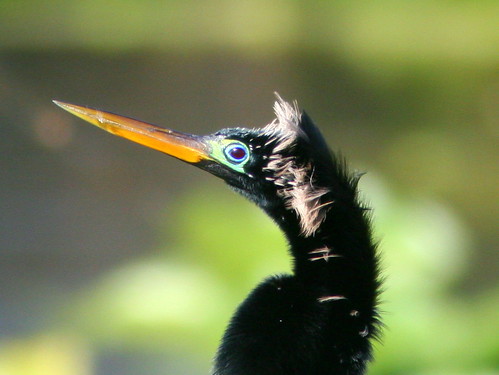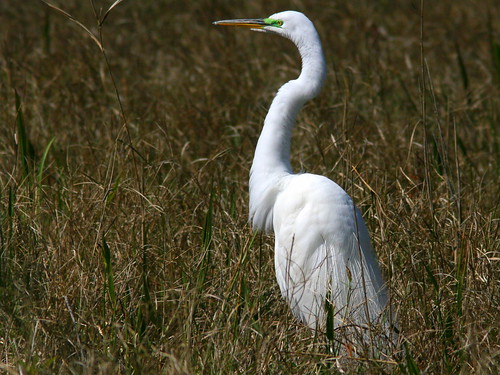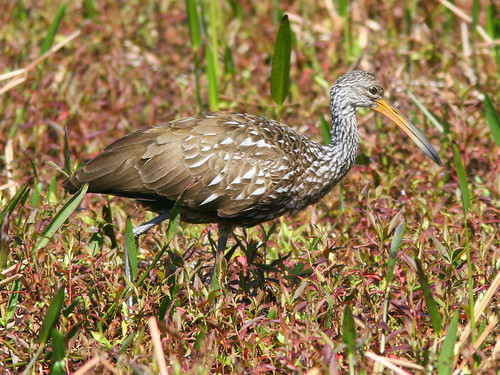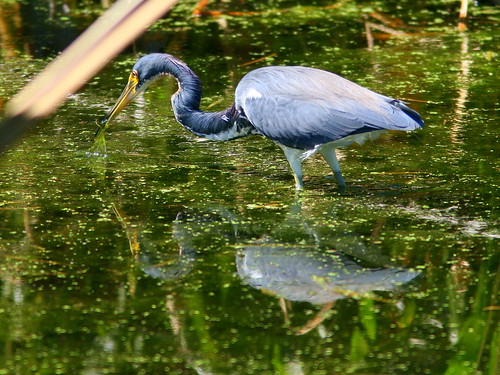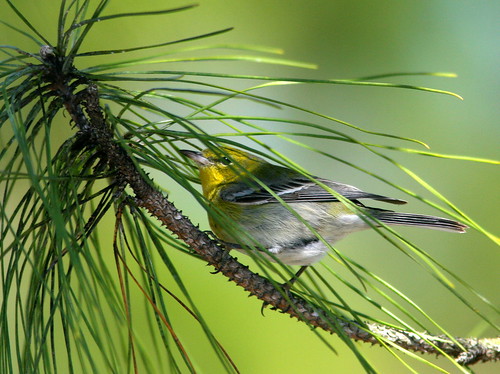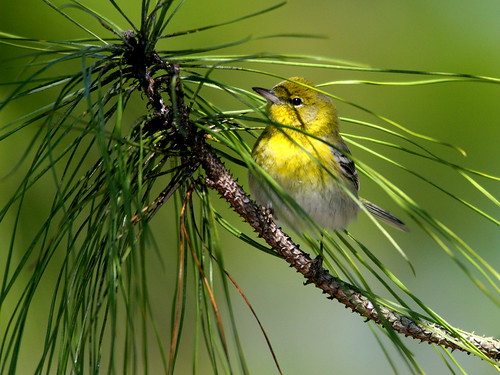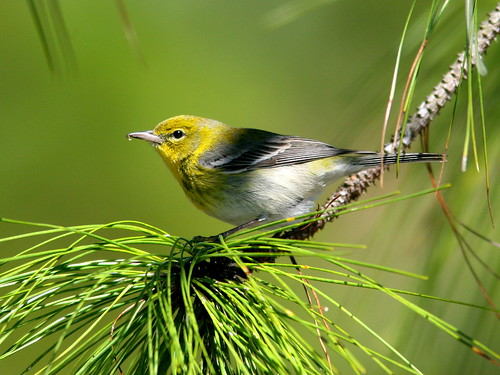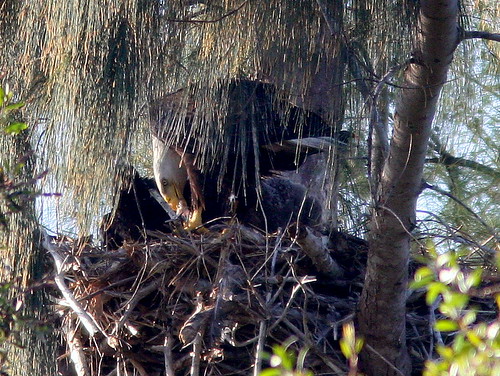Some important family business caused us to fly up to Illinois in early March, a month earlier than usual. It has been our practice to delay our return to coincide with the onset of spring migration (and our granddaughters’ dance recital!). Although temperatures dropped below freezing almost every night, we were surprised that most days were sunny and mild.
Although the landscape appeared brown and barren, there were certain signs of the change of seasons. During the weeks prior to the arrival of spring, ducks were suddenly present in most bodies of water near our second home.
A pair of Common Goldeneyes race down Fox River at Lippold Park in Kane County, Illinois: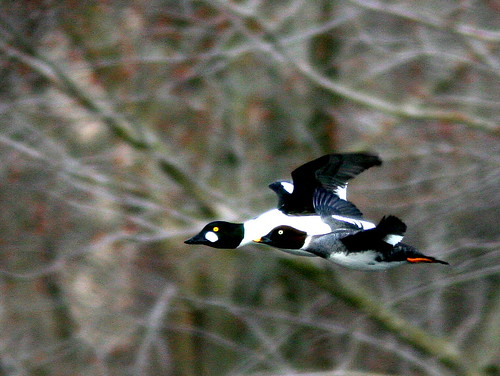
A lone female shows off her “golden eye:”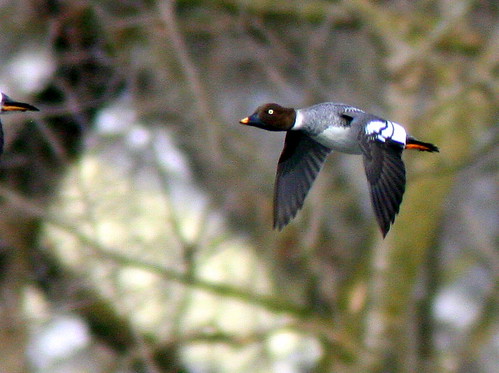
In a small pond near our condo, the sun behind this Canvasback accents its unique profile: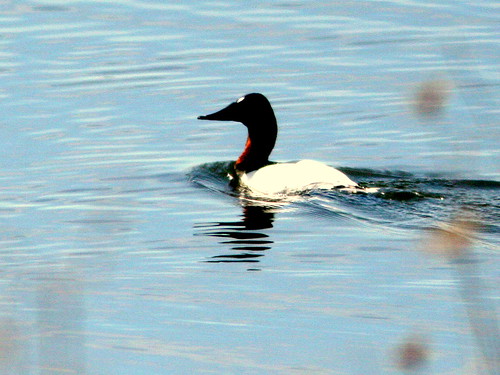
A pair of Lesser Scaup swims nearby…
…along with a Hooded Merganser:
As they have done for the past eight years, American White Pelicans, on their northward journey, stopped off at Nelson Lake. The plates or “horns” that protrude from their bills signify the approach of the breeding season:
The woodlands along the lake harbor several White-breasted Nuthatches. Here, one assumes its typical pose:
A male Northern Cardinal had been engaged in a lovely duet with his mate, until we interrupted his singing. Here he eyes us suspiciously:
Unlike most perching birds, female cardinals sing a descant while the male leads. This one shows considerable wear on her tail feathers, which will be retained until after the nesting season:
A Song Sparrow provided us with an unusually good view:
In the prairie west of the lake, an Eastern Meadowlark gives us a “salute:”
On the first day of spring, snow blankets the abandoned construction site in front of our condo in North Aurora, IL. Only days earlier, I watched as a female Horned Lark completed construction of its nest, about 50 feet out from our doorstep: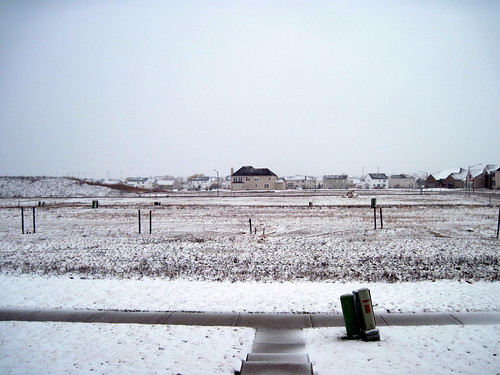
Using our car as a blind, we watched the male Horned Lark sing from the ground near the nest site: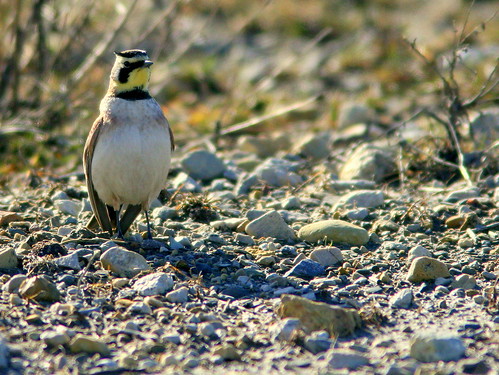
Continuing to sing, he then flew up on a post right in front of us. We were surprised at how “fat” he looked:
This Red-tailed Hawk, with an unusually light breast, has an active nest nearby:
Hawk’s Bluff Park, one of our Illinois birding “patches,” is a 30 acre strip of maturing second-growth oak woodlands and prairie that runs along Mill Creek in Batavia. It includes a playground, small basketball court, fitness track, picnic shelter, and a fishing deck. About a mile of trails loop through the woods and traverse three areas of recovering tallgrass prairie. It is nicely managed, but one aspect of its maintenance causes us some concern.
Mill Creek, looking south, downstream , April 2008:
Mill Creek, downstream, March 16, 2010. The old tree to the left has fallen into the creek, but little else has changed since last spring, now awaiting the burst of new growth:
Mill Creek, upstream view, April, 2008: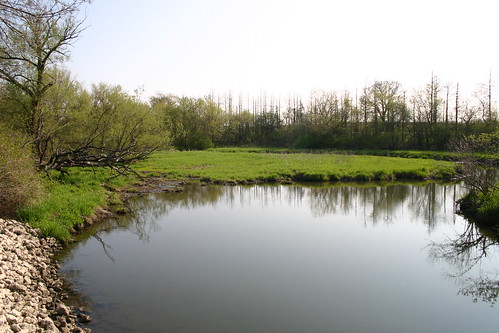
Mill Creek, upstream, March 16, 2010. Streamside vegetation was generally not disturbed. Except for the seasonal lack of green grass and leaves, there has been no substantial change:

Along wood-chip path, May 14, 2008 just before official opening of Hawk’s Bluff Park:
March 19, 2010– Note the how the understory has been cleared of standing dead wood, and the tangle of saplings has been thinned: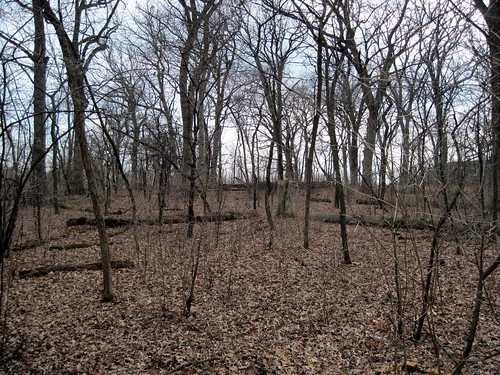
The wooded area has recently undergone fairly intensive pruning and culling. Many saplings that compete with the large trees have been removed from the understory. Fire danger is thus reduced, and more light will reach the wildflowers on the forest floor. Dead and unhealthy trees were cut down and chipped on-site and used to improve the unpaved trails.
The Emerald Ash Borer was introduced into the United States only eight years ago. This very invasive insect is a threat to native White Ash trees, considered the best wood for baseball bats, and famous because of the Louisville Slugger. The only effective control measure for the exotic borers has been to cut down all infected trees.
While pruning and thinning may be essential to maintain the health of these public wild lands, the removal of dead and dying snags has had an adverse effect. Sick and dead trees are cafeterias for woodpeckers, nuthatches, chickadees and other birds that glean and dig for insects. Old hollow limbs and woodpecker holes are recycled as homes for other cavity-dwellers. Now, I fear that there will be a shortage of nest holes.
Below are photos of four separate nest cavities that have been eliminated in the pruning process. These are only the ones that I found by accident.
Black-capped Chickadee explores nest hole, 2009:
House Wren pokes head out of a second nest cavity, August 4, 2009:
House Wren at entrance of same nest, August 4, 2009:
House Wren nesting in an old woodpecker hole, June, 2008:
Chickadee emerging from a fourth nest hole with fecal sac, June 6, 2009:
A pair of Cooper’s Hawks nested in this tree last year, and in nearby trees for the past four years or more. During the past two weeks I have found both of them roosting in and near this tree:
Here is last year’s nest:
The adults often take concealed perches. Uncannily, if I have my camera, I fail to see them until they flush. Several times, when I was walking the dogs without my camera, they have posed in plain sight! This is the best shot I have gotten so far. This bird has eaten recently and well– notice its protruding full crop:
Mowing of the prairie grass has probably enhanced the success of ground-nesting species, such as the Killdeer, whose nest I photographed on May 12, 2009: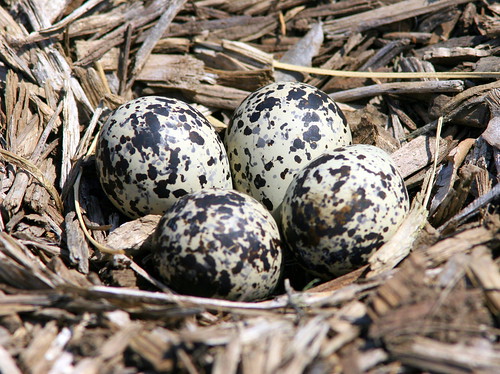
Other Blog Posts that reference Hawks Bluff Park
Spring
birding: Something new every day
Grandchildren
Explore Hawks Bluff Park
Browsing a
Virtual Birding Library
My
birding companion has a new little sister
Summer
at Hawk’s Bluff Park, Batavia, IL
Posted by: Ken @ 10:41 am
Boat-tailed Grackle:
The morning after our short trip up to Palm County and a delightful visit and dinner with old friends and classmates from New Jersey, we headed home by way of Wakodahatchee Wetlands. The day before, we had visited Loxahatchee NWR and Green Cay. We could easily have spent an entire day at each of these three birding hotspots, but we had other commitments that left only about an hour and a half to spare.
Oddly, we had not seen a Purple Gallinule at either of the sites visited the day before, so it was first on our list of target birds. We were greeted with views of several as soon as we started out on the boardwalk.
The Purple Gallinule showed off the long toes that allow it to “walk on water,” as it steps on floating vegetation:
A Tricolored Heron and a gallinule offered contrasting shades of blue and purple:
The drab-plumaged Western subspecies of the Palm Warbler is a very common winter visitor. This one has developed a bright yellow chin patch that signifies the approach of the breeding season:
The yellow bill of the male Mottled Duck contrasts with the orange one of his mate:
A Pied-billed Grebe casts a nice reflection on a windless morning:
Nearly invisible, another of our target birds, a Sora, crept among the water plants: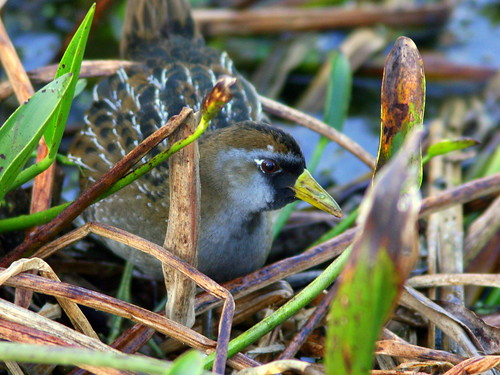
The Sora paddled across an opening, providing me with the only clear view I could obtain: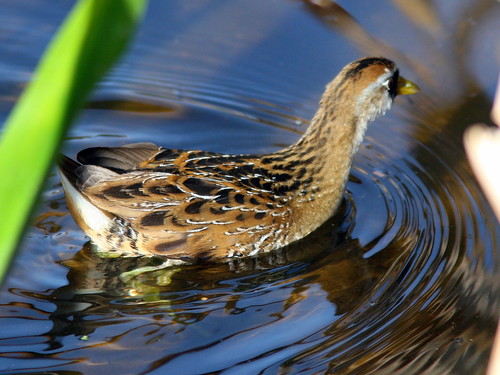
In typical fashion, this Yellow-throated Warbler spent most of its time hidden, high among the palm fronds:
When it did come out into the open, the warbler appeared to be intent on displaying its yellow throat:
Posted by: Ken @ 5:00 pm
The western part of Palm County has some great birding spots. All are accessible within an hour’s drive of our home in western Broward County. This past weekend, two of my grammar school classmates, Ron and Jack, and their spouses were visiting Florida, and Mary Lou and I had the opportunity to get together with them for a leisurly dinner at Outback Steak House in West Palm Beach.
It’s hard to believe that seventy years ago, Ron and I were in kindergarten together, and Jack joined us in first grade. We were together all the way through graduation from St Mary High School in Rutherford, New Jersey. We had a grand time swapping stories.
Mary Lou and I spent the night in a Lake Worth motel, and used their visit as an excuse to bird all day on the way up, and all morning on the way back home.
Our first objective was Loxahatchee National Wildlife Refuge. This is where both Mary Lou and I saw our lifer Snail Kite and Limpkin on our first visit, in 2002.
We arrived early, and first looked for the Great Horned Owl that was nesting near the visitor’s center. One owl was on the nest with only the tip of its tail visible. Had it not been for a friendly photographer who was already there, we might not have found the other adult.
The owl was hidden in drooping Spanish Moss, and only an occasional gust of wind lifted the veil to expose the bird, which kept its eyes closed for the entire time of our visit: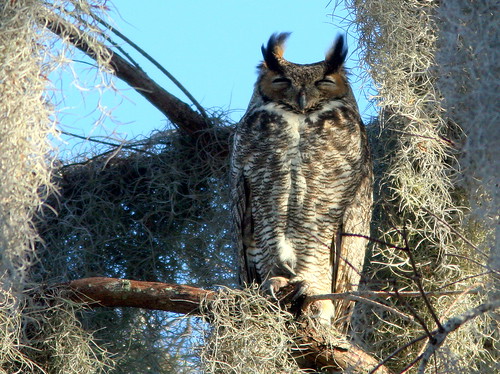
We then made the short loop around the boardwalk, which traverses a cypress swamp.
A Northern Cardinal sang in the deep shade cast by the newly leafing cypress trees, providing a “picture postcard” image: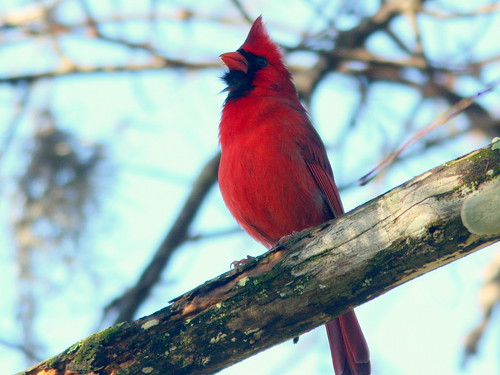
An inquisitive Blue-gray Gnatcatcher poked its head out of the gloom:
Although we saw a number of other birds, notably two Pileated Woodpeckers and a Yellow-bellied Sapsucker, distance and poor ambient light kept me from getting any good photos. We moved on to the Marsh Trail, spending over two hours walking along the levees that separate several wetland impoundments.
An Osprey flew low overhead:
A male Anhinga dried his wings along the path, sporting breeding season garb– green goggles and punk head plumes:
I’m sure that prospective mates think he’s gorgeous:
We looked for Limpkins, but were not successful, until I saw a slightly darker form amid the reeds. It was a nesting Limpkin, a really lucky find:
The bright sun heightened the color of this Little Blue Heron:
The Great Egrets had developed green ceres and nuptial plumes:
On our way out, a male American Kestrel looked at us warily before flying off:
Our next stop was at Green Cay Wetlands, where a Limpkin was much easier to find:
An American Coot showed off his red frontal shield, coordinated with his eye color: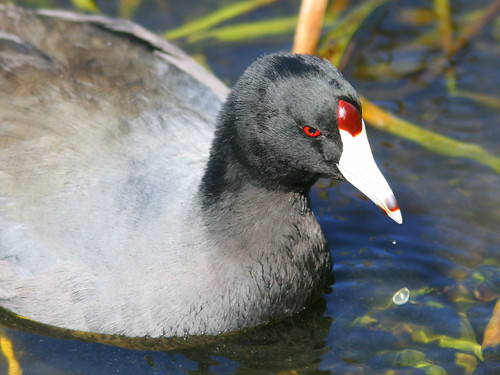
The Yellow-rumped Warblers will be leaving soon. This one had a lively step: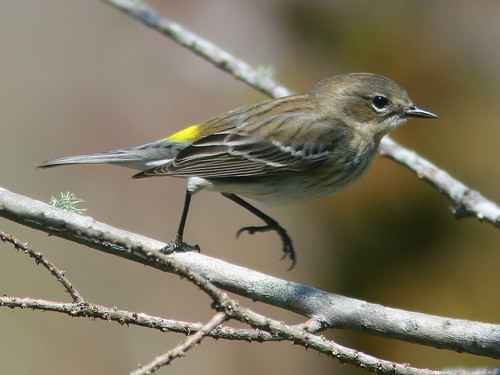
A Northern Harrier, with owl-like facial discs, worked her way methodically over the wetlands: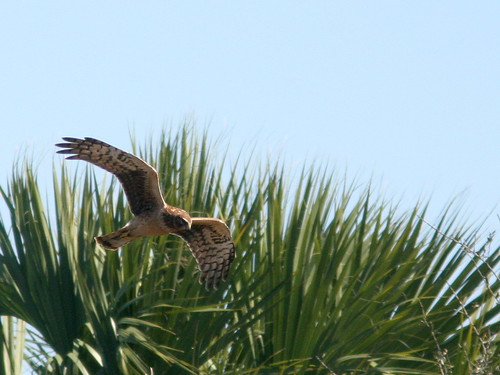
There were numerous Glossy Ibises. The whitish line around the base of their bills develops as breeding season approaches:
A Tricolored Heron cast its reflection on a surface splattered with duckweed:
As I was starting up the car to depart from the lot, this Pine Warbler landed on a pine at eye level right in front of the car, doing what it does best, gleaning insects in needle clumps at the tips of the branches:
The beauty of this little bird really surprised me, as I usually saw them high up and against the sky:
I had already stowed the camera in its case on the back seat floor, and was lucky to have a rather prolonged photo session:
A final parting shot:
Posted by: Ken @ 10:58 am
Mary Lou and I observed our local Bald Eagle nest from about 8:00 to 8:45 AM this morning. The female was feeding the eaglets when we arrived:
She flew off the nest after about 10 minutes and roosted in the melaleucas
for the rest of the time we observed them:
The chicks were up and alert for a minute or so, then rested down low in the nest. It’s getting hard to tell the two largest apart– I thought they were arranged (left to right) from oldest to youngest, but now I’m not sure. The middle appears taller, but the left one seems to have less down on its head. If the second is a female, she will be larger than an older male before fledging. I will use this photo on the “Name the Baby Eagles” poll page unless someone comes up with a better one and will give me permission to post it there:

Only about 5 minutes later, the male adult (his distinguishing brown feather tail tip was better seen on another photo) flew to the nest. Upon arriving, he either dropped the prey as he began to land, or saw that there was no food in the nest, as he never entered the nest and quickly dropped down and away. He returned only about 5 minutes later with prey:

The youngest of the three eaglets, in foreground took quite a bit of food, while the other two appeared to have already eaten their fill:

For the first time in over two years of watching this nest, we were delighted to have a Swallow-tailed Kite circle around the nest tree and then pass directly overhead before disappearing to the north:
















